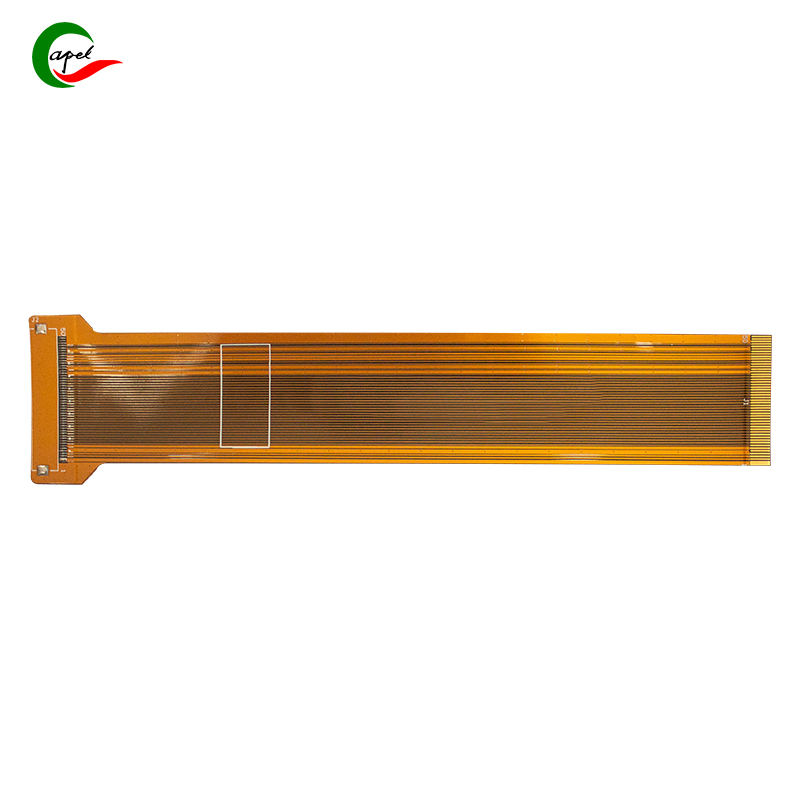Date: 2025-08-03
Ever wondered how your foldable phone survives thousands of bends or why your smartwatch doesn’t crack when you move? The answer lies in flexible printed circuits (FPCs)—the hidden tech that makes modern electronics thinner, lighter, and more durable than ever.
But what gives these bendable circuit boards their superpowers? It all comes down to two things: cutting-edge materials and smart engineering. Let’s break down the science behind FPCs and why they’re revolutionizing everything from smartphones to medical devices.
Unlike traditional rigid PCBs (the kind in your laptop or TV), flexible circuits use special thin-film substrates that can bend without breaking. The most popular? Polyimide (PI)—a high-tech plastic that’s tough, heat-resistant, and ultra-flexible.
Survives Extreme Temperatures (–269°C to 400°C), perfect for car engines or space tech.
Bends 100,000+ Times without cracking—key for foldable phones and wearables.
Blocks Electrical Interference, keeping signals clean in 5G and Wi-Fi devices.
Other materials like Liquid Crystal Polymer (LCP) are stepping up for next-gen needs, like ultra-fast mmWave 5G and satellite communications, where signal loss must be near zero.
A great material alone isn’t enough—design choices make or break an FPC’s reliability. Here’s how experts optimize them:
Rolled Copper Foil: Stretchable and perfect for foldable screens (like Samsung Galaxy Z Flip).
Thin vs. Thick Copper: Thinner layers (3–12µm) bend easier, while thicker ones (18–35µm) handle more power.
Epoxy Glues: Good for basic flexing (like laptop cables).
Adhesiveless Bonding: Used in high-end devices (like foldable phones) for better heat resistance and durability.
PI Coverlays: Act like a "shield" against moisture and scratches.
Precision Laser Cutting: Ensures perfect fit for tiny components in smartwatches and medical sensors.
Foldable Phones → PI + rolled copper = a hinge that lasts years.
Medical Patches → Ultra-thin PET substrates flex with your skin for accurate health tracking.
Car Radars → LCP-based FPCs handle engine heat while keeping collision detection reliable.
Graphene-Enhanced Substrates → Even better heat control and stretchability.
3D-Printed FPCs → Custom circuits with built-in cooling for next-gen wearables.
Flexible PCBs don’t just bend—they’re engineered for peak performance. By pairing advanced materials like polyimide with precision design, tech companies can create gadgets that are slimmer, tougher, and smarter than ever before.
At Kaboer, we specialize in high-performance FPCs for cutting-edge devices. Need a circuit that bends but never breaks? Let’s build it.
Kaboer manufacturing PCBs since 2009. Professional technology and high-precision Printed Circuit Boards involved in Medical, IOT, UAV, Aviation, Automotive, Aerospace, Industrial Control, Artificial Intelligence, Consumer Electronics etc..